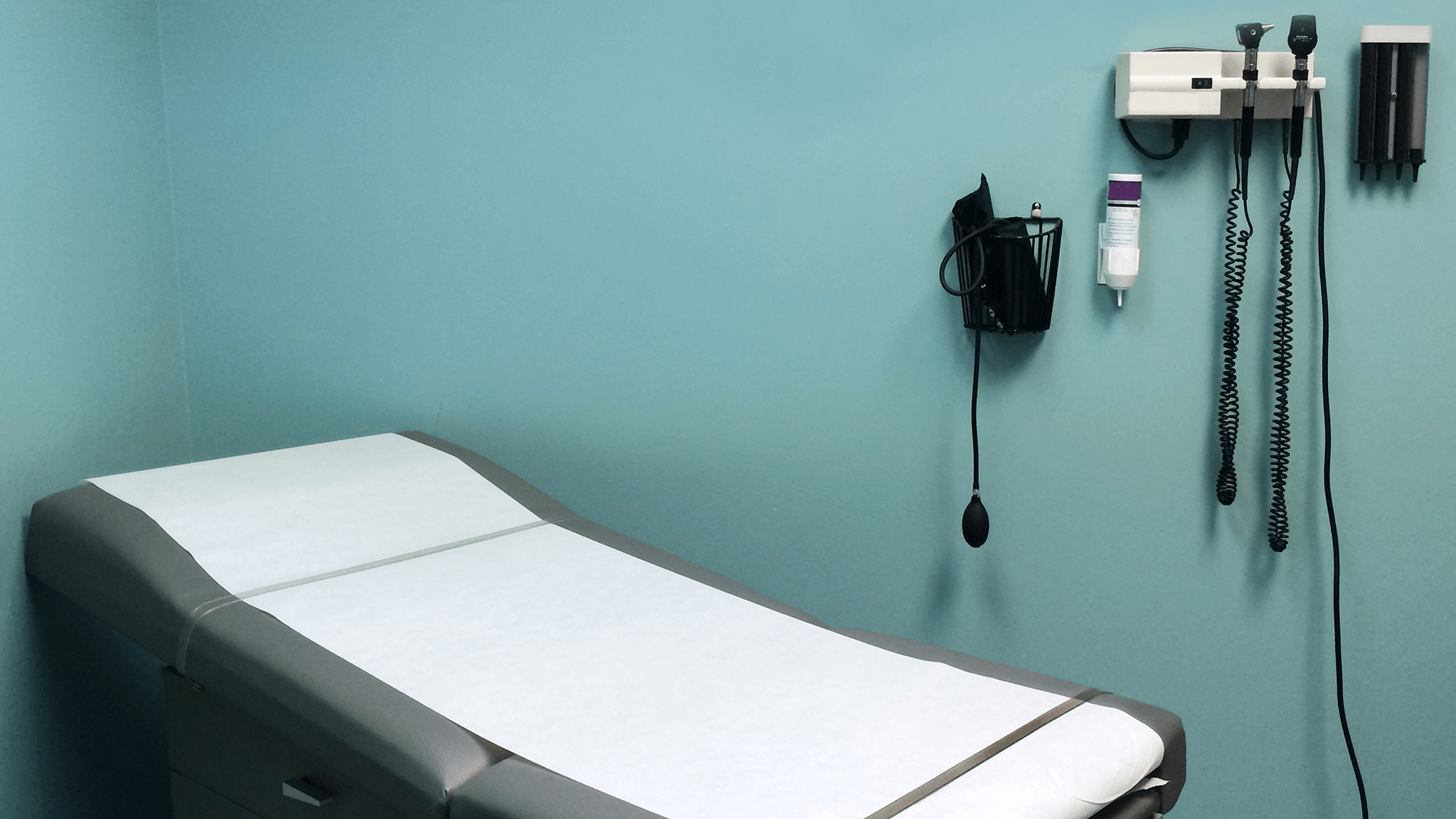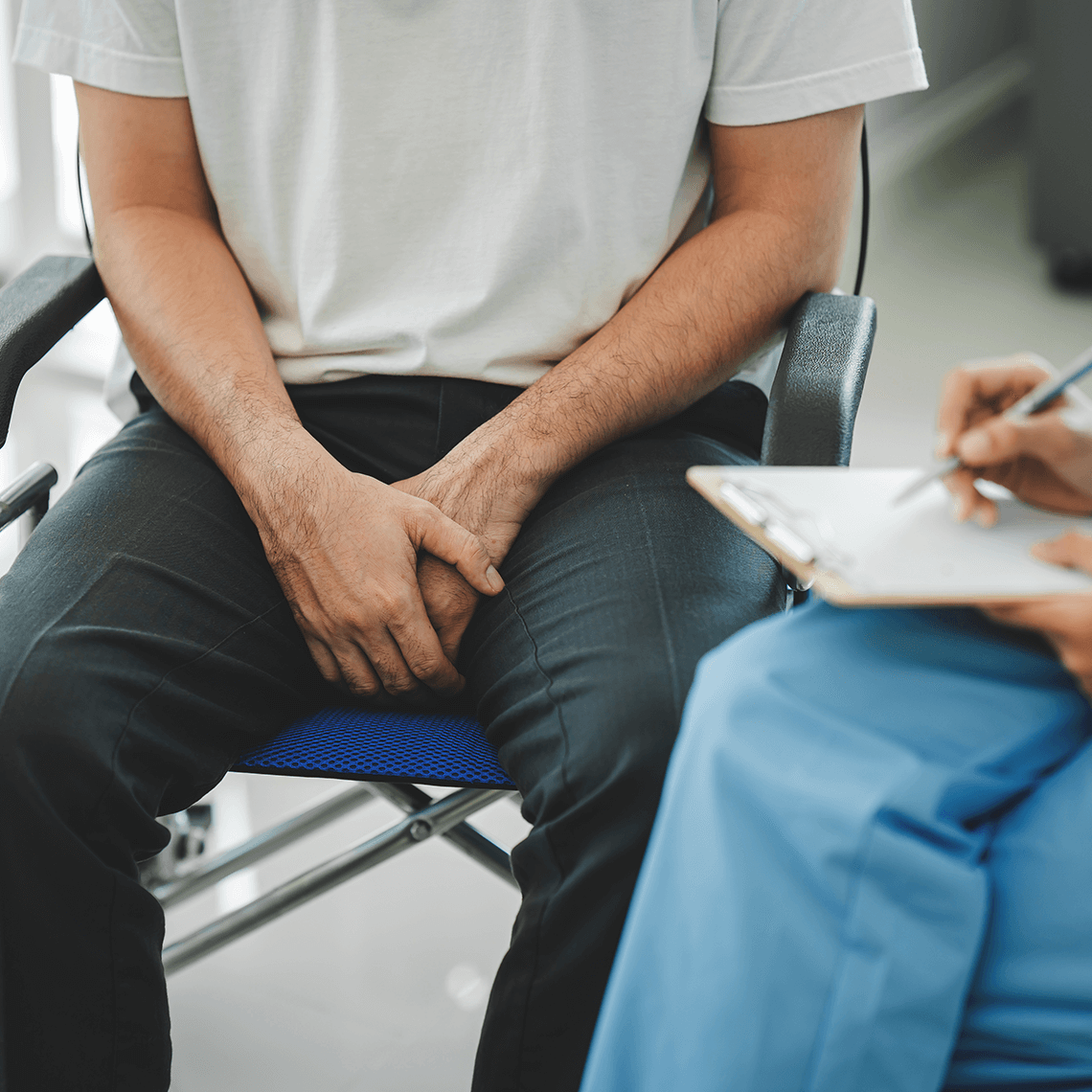Podcast
New Study Finds Outpatient Adverse Events Common, Often Preventable
Aug 16, 2024

“This is still a lowball estimate of harm happening in the outpatient setting, and just speaks to the work that we have to do.”
David Levine, MD
General Internist, Brigham and Women’s Hospital
Intro
On today’s episode, we have three very special guests. They have co-authored a new study in the Annals of Internal Medicine titled, “The Safety of Outpatient Health Care.” Some of their top-line conclusions are that outpatient harm was relatively common and often serious with a call to action for intervention in outpatient errors.
Drs. David Levine and David Bates of Brigham and Women’s Hospital and Harvard Medical School are joined by their co-author and CRICO Chief Medical Officer, Dr. Luke Sato, who will lead our discussion today. Luke?
(Luke Sato, MD) Great. Thank you, Tom. Well, this study was part of an overall effort that Dr. David Bates led and was funded by CRICO. We wanted to fund a present-day version of the original Harvard Medical Practice Study that was published back in the 90s. Dr. Bates and his team started this work, and a new component was added to extend the scope of the research to include outpatient setting. So let me start with Dr. Levine. What did you design the study to look for and what are the top one or two most salient conclusions from your perspective?
(David Levine, MD) Thanks, Luke, and thanks for having me. I’m really really looking forward to this conversation. I think one of the big things that we wanted to do here was to, for one of the first times, peer into outpatient care and look at the harm that we’re causing. It’s extraordinary, about one in four people every month are touched by outpatient care. A lot of people don’t even go to the grocery store once a month, yet we go to an outpatient facility. And so a lot of folks are touching this care area and we didn’t really know how often we were causing them harm. So that was the really big thrust and desire to figure out. I'd say that one of our top-line findings here is that seven percent of people that went to an outpatient area to get care, experienced at least one adverse event, and that’s a lot when you think about the number of people going to that care setting. About two percent of patients experienced at least one preventable event, which is pretty extraordinary. That means about a quarter of the time that an adverse event happened, there was something that we could have prevented. I think those are two of our big findings.
(Dr. Sato) Dr. Bates, do you have anything you want to add?
(David Bates) I would just note that most of the studies that have been done previously have been done in the inpatient setting, and we have had a really pretty good picture at this point of how common harm is inside the hospital. But as David noted, we have a much less clear picture for what happens outside the hospital, and yet people will spend almost all their time outside the hospital. It’s only a tiny fraction of their time that is spent inside the hospital.
(Dr. Sato) Yeah, let’s kind of expand on that with regards to your study. David, can you sort of share with us the findings and how it compares to the earlier Harvard Medical Practice Study?(Dr. Bates) This was different than the original Harvard Medical Practice Study in that we covered the outpatient setting as well as the inpatient setting. Both studies used chart review to go through and find adverse events. We found previously (actually) that talking directly to patients in the outpatient setting, we found many more adverse events than we could find with the charts alone. And that I think, underscores that even though these estimates are concerning, they are actually probably only the tip of the iceberg. There are undoubtedly things that were happening that we did not find out about.
(Dr. Levine) That’s exactly right. I can’t agree more that we essentially are just barely grazing the surface likely of the kinds of harm happening in the outpatient setting. We weren’t able, and this study was not designed to look at some kinds of harm, such as delayed diagnosis, for example. We really couldn’t get into the nitty gritty of that with this study. I will say the most common adverse events that we found, Luke, were adverse drug events, about 64 percent of the events we found, healthcare-associated infections, about 15 percent, surgical and procedural types of adverse events were about another 15 percent or so, and then things that we talked about are patient care adverse events. So, quite a smattering and certainly a bulk of them under the adverse drug events.
(Dr. Sato) Dr. Levine, did anything there surprise you?
(Dr. Levine) Unfortunately, probably not. We have unfortunately built a system that allows for lots of kinds of errors to happen. There’s systemic errors. There’s human-centered errors. There’s patient-centered errors. There’s all sorts of things that we haven’t built a system for to really get us the results we want. Folks have said for a long time that a system gets the exact types of outcomes that you build it for. And unfortunately, we haven’t necessarily built a system that I think will get us very, very safe care all the time, the same way that places like the airline industry have. And so I unfortunately wasn’t super surprised by these results and look forward to trying to find ways to improve them.
(Dr. Sato) I see. As the study notes, how would you prioritize these interventions if the interventions are urgently needed, and this question is to sort of both of you?
(Dr. Levine) I guess I’ll start off and say that unfortunately, we didn’t find a lot of interventions that we’re really excited about. The literature does not have a lot to offer in this respect. There are some studies, the smaller studies, not many randomized control trials, showing that if you do X, you will improve safety by Y. We don’t have a ton of those examples, unfortunately. There are some areas that look promising, and I’ll let Dr. Bates speak to a few of those. I’m happy to also, but we wish that there were 10 interventions that we could recommend immediately for assistance to implement. It is unfortunately they are not out there right now as far as we know.
(Dr. Bates) I would say one area where there is opportunity for improvement soon is in the adverse drug event area, and we’ve done work that looks at the decision support that is in place in most clinics. And much of it leaves a lot to be desired. So that is one place where it’s clear that there’s an opportunity to do better. We just finished a study that was federally sponsored that parallels some of the work that we’ve done together with Leapfrog over time, and in clinics we found a lot of variability in terms of what medication-related safety software was in place and how well it worked. As David noted, we found very few diagnostic errors, but we know that both errors in diagnosis and delays in diagnosis are extremely important and that they result in a lot of harm and a lot of lawsuits. And there are interventions around those, particularly for the common types of cancer, especially as you know around closing the loop that CRICO has been sponsoring work on, that we think will make a big difference. An example there is ensuring that, for example, a heme-positive stool gets followed up or that if an elevated PSA comes back, you follow up 100 percent of those appropriately.
(Dr. Levine) Also, Luke, one of the things perhaps that was unfortunate, again perhaps not surprising, was that we found that adverse events really disproportionately affected older adults. So among patients over 85 years old, many had preventable adverse events and many more had serious events, adverse events as well. So again, just another area where we need to focus our interventions is among our older adult population.
(Dr. Sato) I see. How are your peers reacting to these findings?
(Dr. Bates) I would say that there’s been a lot of interest and support from the safety community. Many people are surprised that we did not do better with finding diagnostic errors, but I think that was really the result of the fact that the current trigger approaches are just not very good for finding those diagnostic errors even though that’s a really, really important safety issue in the outpatient setting. So that’s maybe the single place where we need a little improvement in the near term.
(Dr. Levine) I would say, Luke, that it’s a wake-up call for many folks. We often think we are doing the best for our patients and guess what, we may not be right now. We need to figure out ways to improve the system. Again, this is not an individual physician or nurse’s concern. This is the system’s concern and I think together we need to work to improve.
(Dr. Sato) I see. So somewhat along those lines, can you share with us the limitations of the current study and what we need to do for future research?
(Dr. Bates) Thanks. One of the big limitations was we did not contact patients directly, and other studies that address this area should include some patient contact. That could be by the patient portal or through other mechanisms. It would also be helpful to develop better triggers and particular ones that enable identification of missed and delayed diagnoses. We have done some work around finding patients in the outpatient setting who have suffered either a deep venous thrombosis or pulmonary embolism and have been able to demonstrate that many of those do get missed and that there are ways for finding those retrospectively. So that’s an example of the type of problem that we did not pick up necessarily in this study, but that could be picked up in the future.
(Dr. Sato) Thank you. David?
(Dr. Levine) I would just add, Luke, one of the other limitations of this study is the generalizability of its population. This is one of the bigger studies of its kind, using over multiple sites. But all of the sites were in Massachusetts, and they are mostly teaching facilities. Rural areas are not represented in this study, which we know do sometimes perform differentially in safety and quality. We also were not able to necessarily capture everyone’s health care use. We were only using the EHRs, electronic health records that we had access to. If anything, all of those things mean that this is still a lowball estimate of harm happening in the outpatient setting and again just speaks to the work that we have to do.
(Dr. Sato) Great. Thank you Dr. Levine and Dr. Bates. This has been a wonderful and important discussion, and we are grateful for your time and commitment to this vital area of research for patient safety. Tom?
Thank you all. Dr. Luke Sato is Chief Medical Officer for CRICO. Dr. David Levine and Dr. David Bates are from Brigham and Women’s Hospital and Harvard Medical School. Thank you all for sharing this great work on our podcast today. I’m Tom Augello for Safety Net.
Commentators
- David Bates, MD
- David Levine, MD
- Luke Sato, MD
About the Series
We’ve got you.
Our Safety Net podcast features clinical and patient safety leaders from Harvard and around the world, bringing you the knowledge you need for safer patient care.
Episodes
Case Dismissed! Every Medical Defendant’s Dream Still Holds Some Nightmares
Expert: Communication Is Top Fix for Prostate Care Allegations

How Depositions Make or Break a Medmal Defense

New Medmal Report: Documentation Matters a Lot


